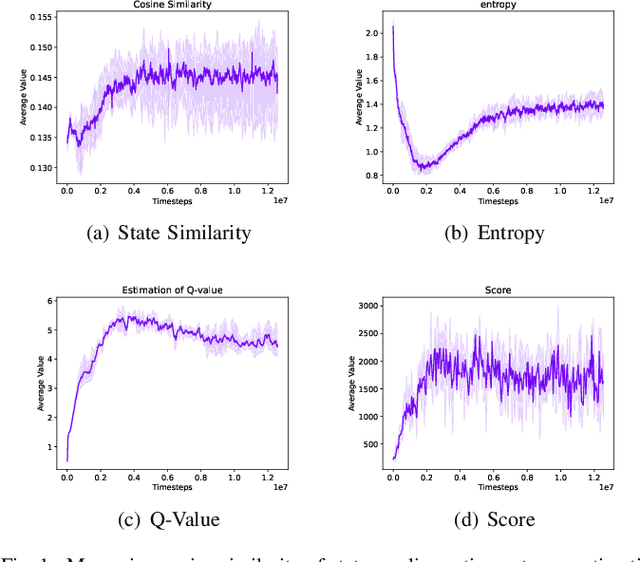Haibin Zhou
3D Lane Detection from Front or Surround-View using Joint-Modeling & Matching
Jan 16, 2024Abstract:3D lanes offer a more comprehensive understanding of the road surface geometry than 2D lanes, thereby providing crucial references for driving decisions and trajectory planning. While many efforts aim to improve prediction accuracy, we recognize that an efficient network can bring results closer to lane modeling. However, if the modeling data is imprecise, the results might not accurately capture the real-world scenario. Therefore, accurate lane modeling is essential to align prediction results closely with the environment. This study centers on efficient and accurate lane modeling, proposing a joint modeling approach that combines Bezier curves and interpolation methods. Furthermore, based on this lane modeling approach, we developed a Global2Local Lane Matching method with Bezier Control-Point and Key-Point, which serve as a comprehensive solution that leverages hierarchical features with two mathematical models to ensure a precise match. We also introduce a novel 3D Spatial Constructor, representing an exploration of 3D surround-view lane detection research. The framework is suitable for front-view or surround-view 3D lane detection. By directly outputting the key points of lanes in 3D space, it overcomes the limitations of anchor-based methods, enabling accurate prediction of closed-loop or U-shaped lanes and effective adaptation to complex road conditions. This innovative method establishes a new benchmark in front-view 3D lane detection on the Openlane dataset and achieves competitive performance in surround-view 2D lane detection on the Argoverse2 dataset.
Revisiting Discrete Soft Actor-Critic
Sep 22, 2022



Abstract:We study the adaption of soft actor-critic (SAC) from continuous action space to discrete action space. We revisit vanilla SAC and provide an in-depth understanding of its Q value underestimation and performance instability issues when applied to discrete settings. We thereby propose entropy-penalty and double average Q-learning with Q-clip to address these issues. Extensive experiments on typical benchmarks with discrete action space, including Atari games and a large-scale MOBA game, show the efficacy of our proposed method. Our code is at:https://github.com/coldsummerday/Revisiting-Discrete-SAC.
 Add to Chrome
Add to Chrome Add to Firefox
Add to Firefox Add to Edge
Add to Edge